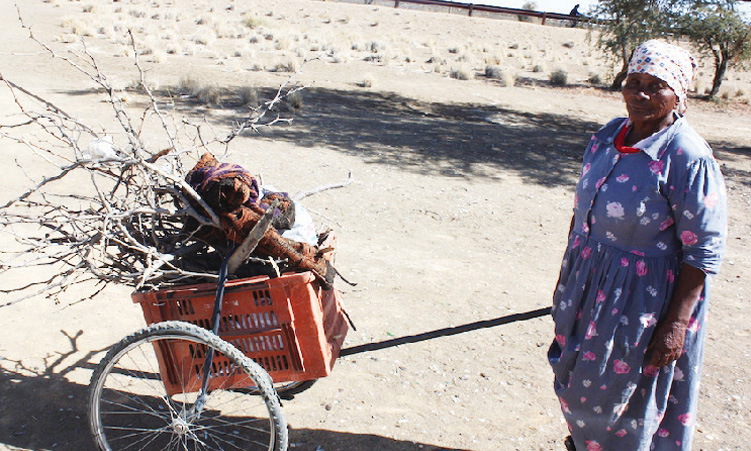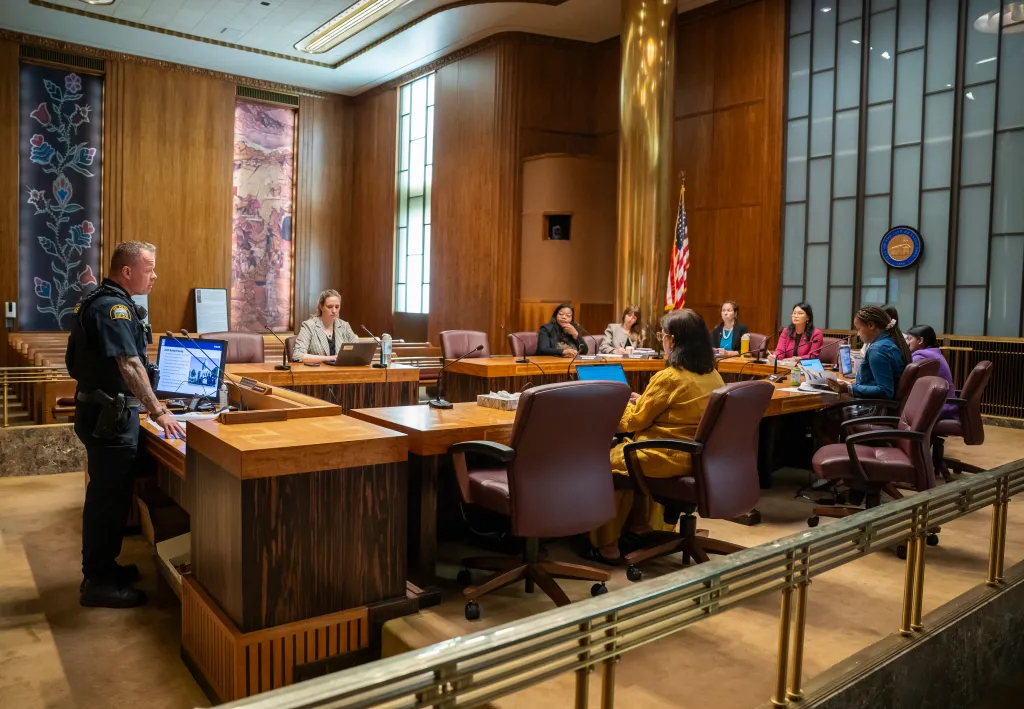By Eliaser Ndeyanale
Copyright namibian

Old-age pension is the main source of income for many Namibian households, according to the 2023 Population and Housing Census’ main report.
The current national old-age pension amount stands at N$1 600 per month, after a N$200 increase in April 2024.
Namibia is home to 756 339 households. Of these, 49% are headed by women, while 18% are led by elderly persons, meaning about 136 141 households depend on pensions.
The report notes that the Zambezi region recorded the highest dependency on pensions with 37.8% of households identifying it as their main income.
Zambezi governor Dorothy Kabula says her region recorded a high number of people depending on old-age pension because most households in the region include extended family members.
“We live with our grandparents, parents and siblings. Some are not even working and we stay together. We eat together. We care for our elders. No matter our elders earn N$1 600 when they buy food the family eats together. We are a caring region there are no old age homes. That’s where that story is coming from,” she says.
These figures contained in the report were provided by the Namibia Statistics Agency (NSA) during the Oshana Regional Census dissemination held at Oshakati on Tuesday.
NSA spokesperson Iipumbu Sakaria yesterday attributed the high reliance on old-age pensions on low activity in other sources of income stream such as farming, business and wages and salaries.
“Other income streams such farming, business and wages and salaries that are essentially are not as high as you would want them to be,” he said.
The latest figures reveal that in regions such as Ohangwena and Omusati, pensions remain critical to household survival, with 28.5% and 26.3% of households, respectively, relying primarily on these grants.
Other regions also reflect a significant reliance, including Kavango West at 17.3%, Kavango East at 16.4%, Oshikoto at 18.3%, and Oshana at 17%. Meanwhile, Otjozondjupa stands at 10.4%, Kunene at 12.8%, Omaheke at 13.9%, Hardap at 15.9%, and ||Kharas at 8.9%.
In the urbanised Khomas region, only 4.8% of households report pensions as their main source of income, while the Erongo region stands at 7.7%.
Nationwide, 91.4% of households have access to clean drinking water. However, sanitation remains a major challenge, with 405 of households lacking any toilet facility.
In urban areas, the figure improves but remains concerning at 20.3%. Only 47% of households have access to electricity, while more than half of the population (50.4%), still relies on firewood for cooking.
In the Ohangwena region, pensions are the dominant income source, followed by wages and salaries at 24.9% and farming at 23.8%.
The region’s population has grown significantly, increasing from 245 446 in 2011 to 337 729 in 2023.
Despite improvements in access to drinking water now reaching 84.3% of households, sanitation remains problematic.
A staggering 61.7% of households in the region lack toilet facilities.
Firewood remains the main fuel for cooking, used in 83.2% of households. Only 33.8% of urban households in the Ohangwena region have access to flush toilets.
In neighbouring Omusati, wages and salaries form the largest income stream at 27%, with farming contributing 19.5%.
However, thousands of households remain dependent on government pensions and subsistence agriculture.
Omusati’s population has grown sharply over the past 12 years, from 243 166 in 2011 to 316 671 in 2023.
Service delivery indicators are mixed. Nearly 90% of households have access to safe drinking water, and electricity coverage is high at 82.4%.
The census also reflects a shift in social norms. The number of people who have never married rose sharply, from 56% to 68%, while those married with a formal certificate dropped from 17.7% to 9%.
Access to safe drinking water increased from 67.3% to 74.1% of households, and electricity coverage rose to 43.6%.
Omusati chief regional officer Gervasius Kashindi says the Omusati Regional Council and stakeholders are trying to improve the livelihoods of the residents to create opportunities for persons without disabilities and the youth.
He says the council also provides financial support to income-generating projects in horticulture, tailoring and brickmaking.
“Furthermore, local entrepreneurs are awarded contracts to provide services, goods and work to the regional council. Through the cash/food for work programme, micro-finance programme and rural sanitation programme, the regional council grants opportunities for local employment in the execution of projects. Local authorities offer opportunities for income generation through the trade fairs, expos and other festivals,” he says.
The Omusati council’s development plan is geared towards creating employment opportunities for the youth by engaging investors in the agriculture sector which Kashindi says is the economic backbone of the region.
“Financial assistance will be granted to the youth for self-employment in tailoring, horticulture, poultry and catering to name but a few,” he says.
He adds that the long-term strategies for sustainable livelihoods for the regional council should involve investment in education, training, and skills development to empower the people.
Economist Omu Kakujaha-Matundu says the statistics show there are a high number of elderly, vulnerable and people with disabilities in the regions.
“You will start questing the sustainability of government grants because many people should be employed so that they can contribute meaningfully to the economy in terms of PAYE and income taxes, etcetera,” he says.
He adds that if a larger population relies on grants, one starts questioning the long-term sustainability of the social grants.
“Either they are just going to be stagnant or being eaten up by inflation so that even that support diminishes in importance because you have that heavy burden of people replying on government grant. The long-term sustainability will be compromised as you are going to collect taxes to fund the social grant,” he says.



